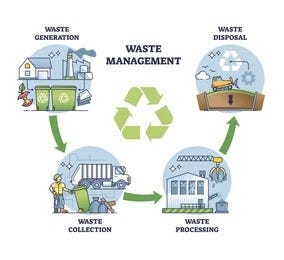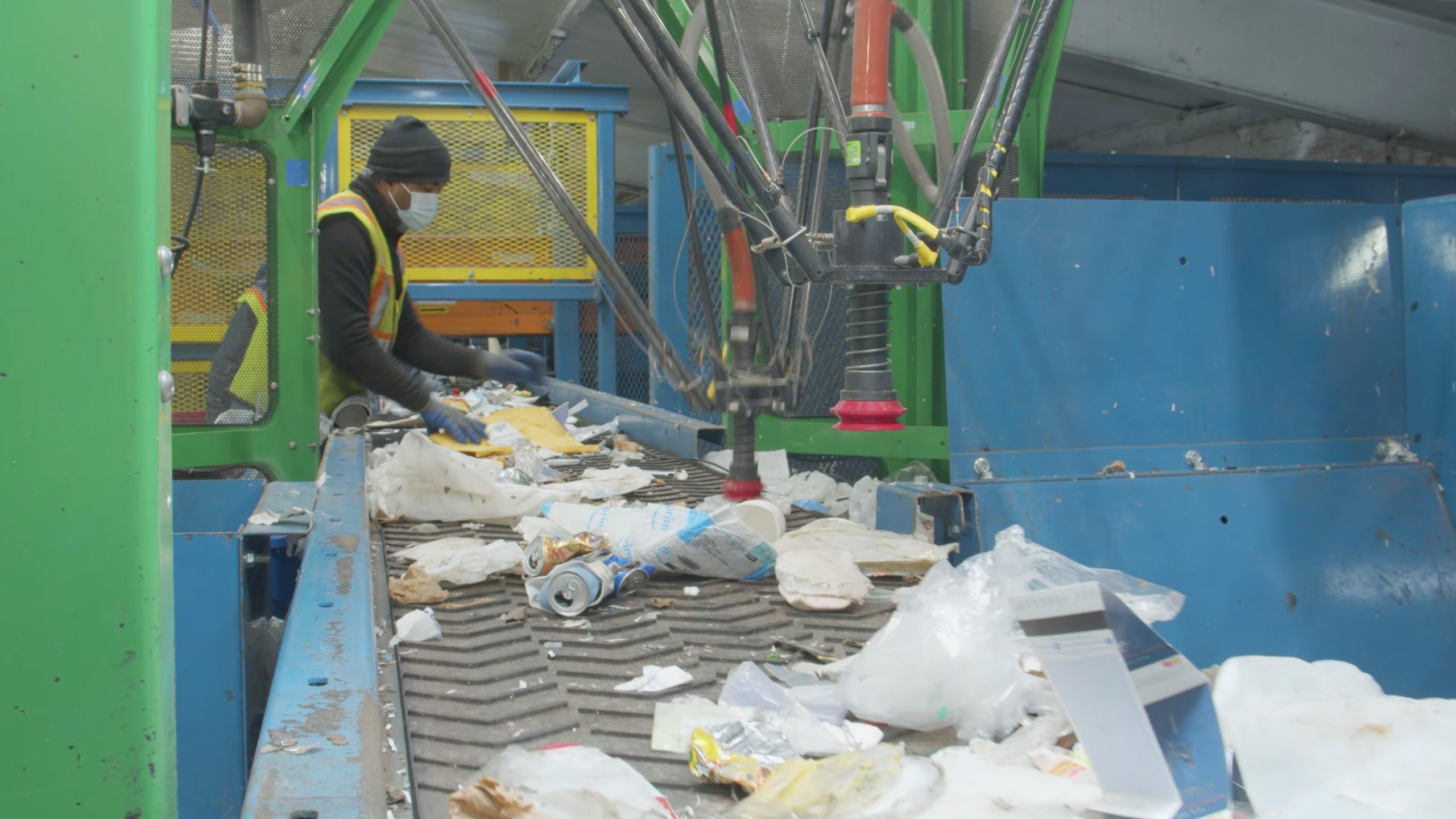Recycling Lives Services: Transforming Waste into Valuable Resources
Recycling Lives Services: Transforming Waste into Valuable Resources
Blog Article
Comprehending the Classification and Handling of Various Sorts Of Waste
Reliable waste administration is critical for environmental sustainability, requiring a detailed understanding of the classification and handling of numerous waste kinds. Family waste, commercial byproducts, unsafe products, digital refuse, and organic residues each demand distinct procedures to guarantee safety and decrease ecological damages.

House Waste
Home waste, incorporating a broad array of discarded materials created from day-to-day living tasks, represents a considerable element of the total waste stream - recycling lives services. This classification consists of natural waste such as food scraps, lawn cuttings, and paper products, together with not natural materials like plastics, metals, and glass. The diverse nature of family waste necessitates effective category and monitoring to alleviate ecological effect and promote sustainable living practices
Efficient house waste administration begins with partition at the source, promoting recycling, composting, and risk-free disposal. Organic waste, for example, can be composted to produce nutrient-rich dirt amendments, decreasing land fill worry and enhancing dirt wellness. Recyclable materials, consisting of paper, glass, and certain plastics, can be processed and repurposed, lowering and saving sources energy consumption connected with brand-new material manufacturing.
Moreover, hazardous family waste such as batteries, electronic tools, and cleansing chemicals needs specialized dealing with to avoid soil and water contamination. Public awareness campaigns and practical disposal choices play critical functions in ensuring proper disposal and recycling of these products. By implementing robust waste reduction approaches and cultivating area engagement, municipalities can significantly alleviate the environmental footprint of home waste.
Hazardous Waste
Hazardous waste, a significant factor to worldwide waste generation, incorporates a varied series of products produced by production, building, and other commercial activities. This group consists of spin-offs such as scrap steel, plastics, rubber, chemicals, and various other residues. The make-up and quantity of hazardous waste can vary considerably depending upon the market and production processes entailed. Efficient monitoring of commercial waste is important for minimizing ecological influence and advertising lasting practices.
The handling of commercial waste commonly includes numerous processes: collection, treatment, disposal, and segregation. Collection systems are designed to efficiently gather waste products from numerous resources within an industrial procedure.
Adopting techniques such as waste minimization, resource recovery, and recycling can substantially decrease the problem of industrial waste on the environment, adding to even more sustainable industrial methods.
Contaminated Materials

Destructive wastes can damage or damage living materials and tissues. Flammable wastes can easily ignite, posing fire hazards, while responsive wastes can create explosions or launch poisonous gases upon call with other materials.
Effective dangerous waste administration includes several vital practices: recognition and segregation of dangerous materials, safe transportation and storage space, and appropriate treatment and disposal. Therapy techniques might include chemical neutralization, stablizing, and incineration. Regulative conformity is vital, guided by frameworks such as the Source Conservation and Recovery Act (RCRA) in the United States, which makes certain environmentally audio and secure management of contaminated materials.
Digital Waste
Electronic waste, usually abbreviated as e-waste, stands for a growing obstacle in waste monitoring due to the fast obsolescence of modern technology. This classification incorporates a wide series of discarded electronic gadgets, including smart devices, computer systems, televisions, and household appliances. The complexity of e-waste lies in its composition; these products include a blend of beneficial products such as gold and copper, as well as harmful compounds like cadmium, mercury, and lead.

Regulation and policies, such as the European Union's Waste Digital and electrical Tools (WEEE) Directive, purpose to advertise liable e-waste administration. These plans mandate makers to facilitate the collection and recycling of electronic items, thus reducing the problem on landfills and lessening ecological contamination.
Organic Waste
Organic waste, encompassing eco-friendly materials such as food scraps, lawn trimmings, and farming residues, makes up a significant part of the municipal solid waste stream. This kind of waste is notable not only for its quantity yet also for its prospective ecological effect otherwise taken care of properly. Organic waste can decompose anaerobically in garbage dumps, producing methane, a powerful greenhouse gas contributing to environment modification.
Appropriate handling of organic waste includes several techniques. Additionally, diverting food waste from landfills via contribution programs can relieve food insecurity while reducing waste.
Municipalities and businesses are progressively acknowledging the significance of organic waste monitoring. Applying thorough organic waste recycling programs not only mitigates ecological effects however also straightens with more comprehensive sustainability goals, promoting a round economy where sources are consistently reused and repurposed.
Conclusion
Effective waste monitoring and ecological security necessitate a comprehensive understanding of the category and handling of different waste types. Household, commercial, harmful, electronic, and natural waste each require distinct treatments for treatment, partition, and disposal. Correct administration reduces ecological influence, conserves resources, and advertises sustainability. Carrying out suitable methods for each and every waste type makes certain safe and liable waste management methods, ultimately adding to the security of environments and public wellness.
Reliable waste management is essential for ecological sustainability, calling for an extensive understanding of the category and handling of numerous waste kinds.Household waste, encompassing a broad range of discarded materials produced from everyday living tasks, stands for a substantial part of Bonuses the total waste stream.Industrial waste, a significant factor to international waste generation, incorporates a varied array of products produced by manufacturing, building, and other industrial activities (recycling lives services).Dangerous waste, a crucial issue in waste administration, makes up materials that position considerable dangers to human health and wellness and the atmosphere due to their harmful, destructive, flammable, or responsive buildings.Organic waste, incorporating eco-friendly products such as food scraps, backyard trimmings, and agricultural residues, constitutes a significant section of the metropolitan solid waste stream
Report this page